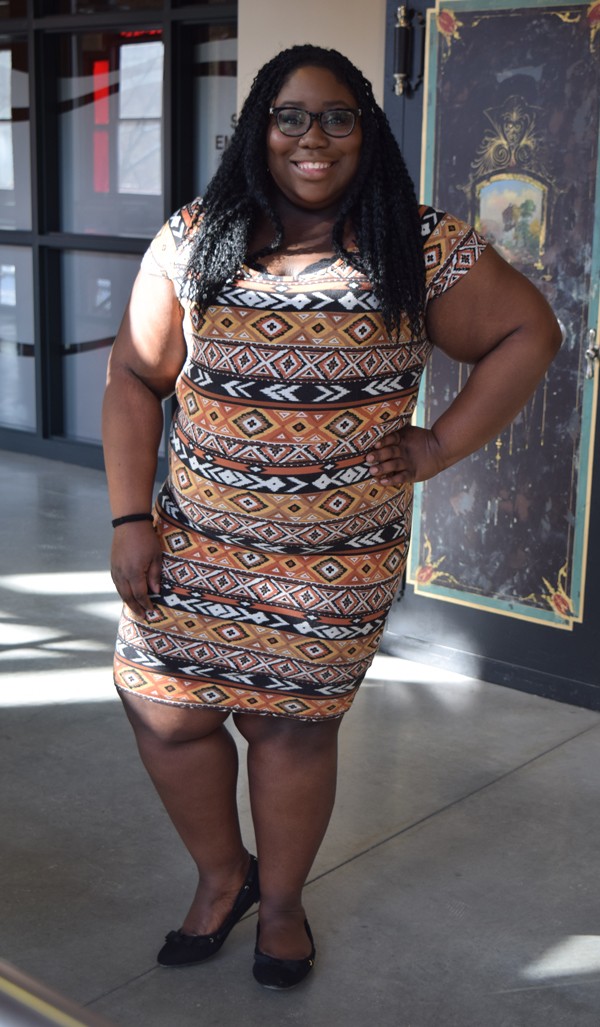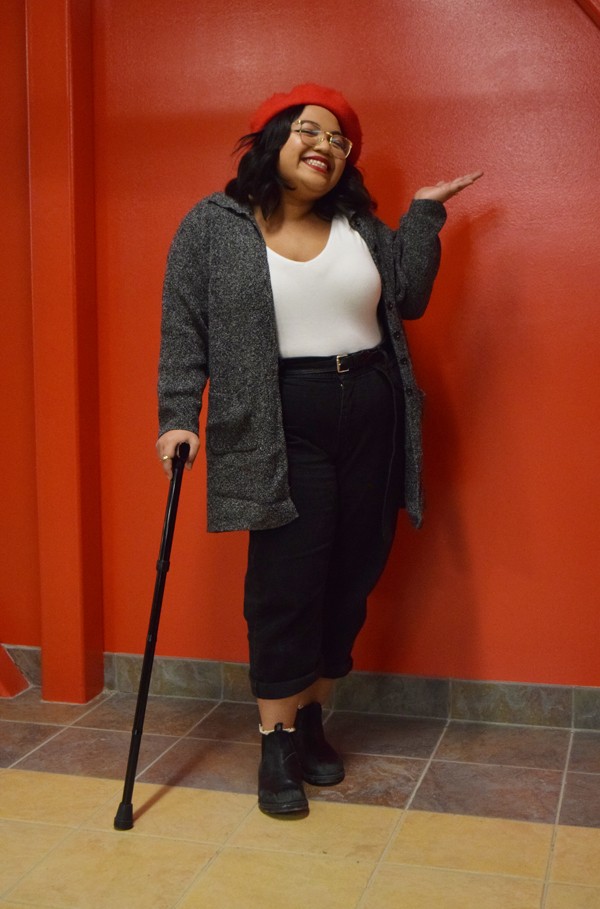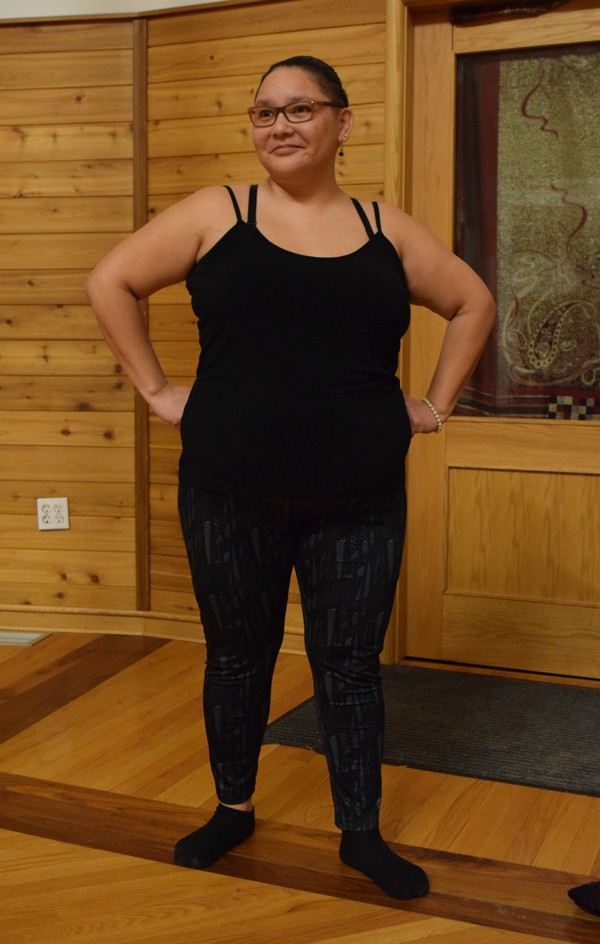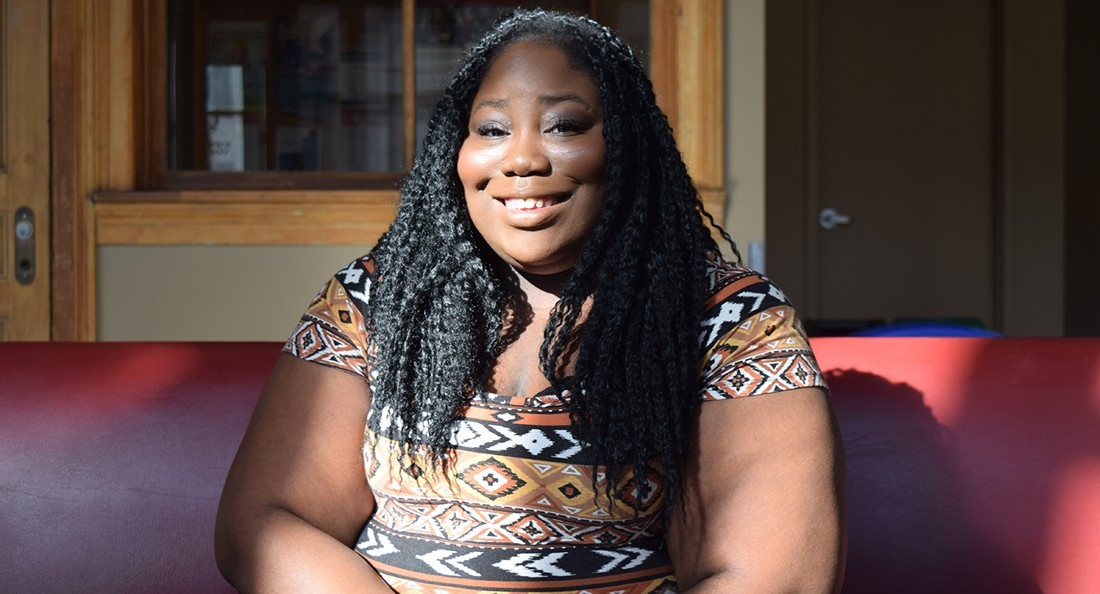Body Inclusivity
Creating space for every body
Googling “body positivity” depicts what the current movement looks like: majorly, a space for white, thinner women, a smaller amount of space for Women of Colour; and a barely there space for trans, non-binary or queer folks.
Charmaine Jennings says she feels like she’s always been body positive, even when there wasn’t a name for it. It was just her being comfortable in her own skin.
“I think body positivity means different things to different people. For me, it’s, one, being comfortable in your own skin no matter what size you are, what your abilities are – just being comfortable and happy with that. But also not tearing other people down for what you think they should look like,” she says.
Jennings says people still idolize or prefer white females when they’re looking for leaders or inspirations, and Women of Colour also do this.
“For me, it would be nice to see more Women of Colour represented in the body-positive world, because body positivity is not just the size of your body. It’s the colour of your body, as well. There’s a lot of women out there who don’t like the colour of their skin.”
Dawn Lavand says when she was younger and fit the mold, she was body positive, but as she grew up and expanded past that mold, it didn’t hold the same meaning for her.
Lavand found that the Fat Babes Dance Collective (FBDC) has made her feel like she belongs to a group of people.
“It’s a very supportive group. They’ve also done clothing swaps … And just being able to get together with other fat babes and not feel shitty about it (is great),” she says.
Lavand is a mom to a 12-year-old, and she says before she was a part of the FBDC, she probably had a less positive message toward herself, her body weight and her appearance.
“Usually, it was my kid who was like ‘that doesn’t matter. You’re my mom. Those things don’t matter to me. You’re beautiful anyways.’ So he’s already been a leader in that capacity,” she says.
Zee Morales says they would like to see people step down and make space for Women of Colour and fat, disabled People of Colour.
“I think that that’s a problem that’s super present in that movement. People want to speak about their experiences and consider themselves a leader, but they’re not willing to step down and make space for people who are actually fat and are facing it from all different angles,” they say.
“I think it’s fair for these thin, white women to be insecure, I get that. We’re taught as women it’s never enough, what we look like is never enough,” Morales says. “But at the same time, I think it’s unfair to not even recognize the privilege they hold as conventionally attractive people.”

“There are different challenges that Black women or Women of Colour go through when it comes to body positivity that white women have never gone through, or will never go through or don’t understand and don’t pick up on. And I don’t think that’s always because they don’t care, but simply because they don’t know.” Charmaine Jennings

“I don’t have to feel positive about my body. I don’t have to feel negative about my body. I just have to accept my body as it exists.
“I often get compliments on how I dress and how I look, and I think that people don’t realize a part of that is because I am a non-binary Person of Colour. I have a disability. I am queer. I have all these things working against me, and I have to present myself in the best possible way to be more palatable all the time.
“I am seeing more and more People of Colour and Women of Colour (on social media and as influencers) … I can never move through the world as just the fat person, just the woman. It’s always all of those combined. So I kind of see, by the nature of their identities, more of the content I’m looking for, even though it’s never going to be the same. The experiences are never going to be the same.” Zee Morales

“I think it’s one of those things where I grew up being conditioned to think that women were the only ones that had body-image issues. So I was surprised when, in Grade 5 and 6, my son started experiencing that type of bullying or self-doubt and lack of confidence in his own body. So it definitely motivated me to change the way I talked about myself and then being more supportive of my son and where’s he’s at.” Dawn Lavand
Published in Volume 73, Number 20 of The Uniter (March 7, 2019)








